
Helping you see the world’s hidden beauty and the meaning behind what civilizations built.
44 subscribers
How to get URL link on X (Twitter) App


 Tallinn, Estonia
Tallinn, Estonia
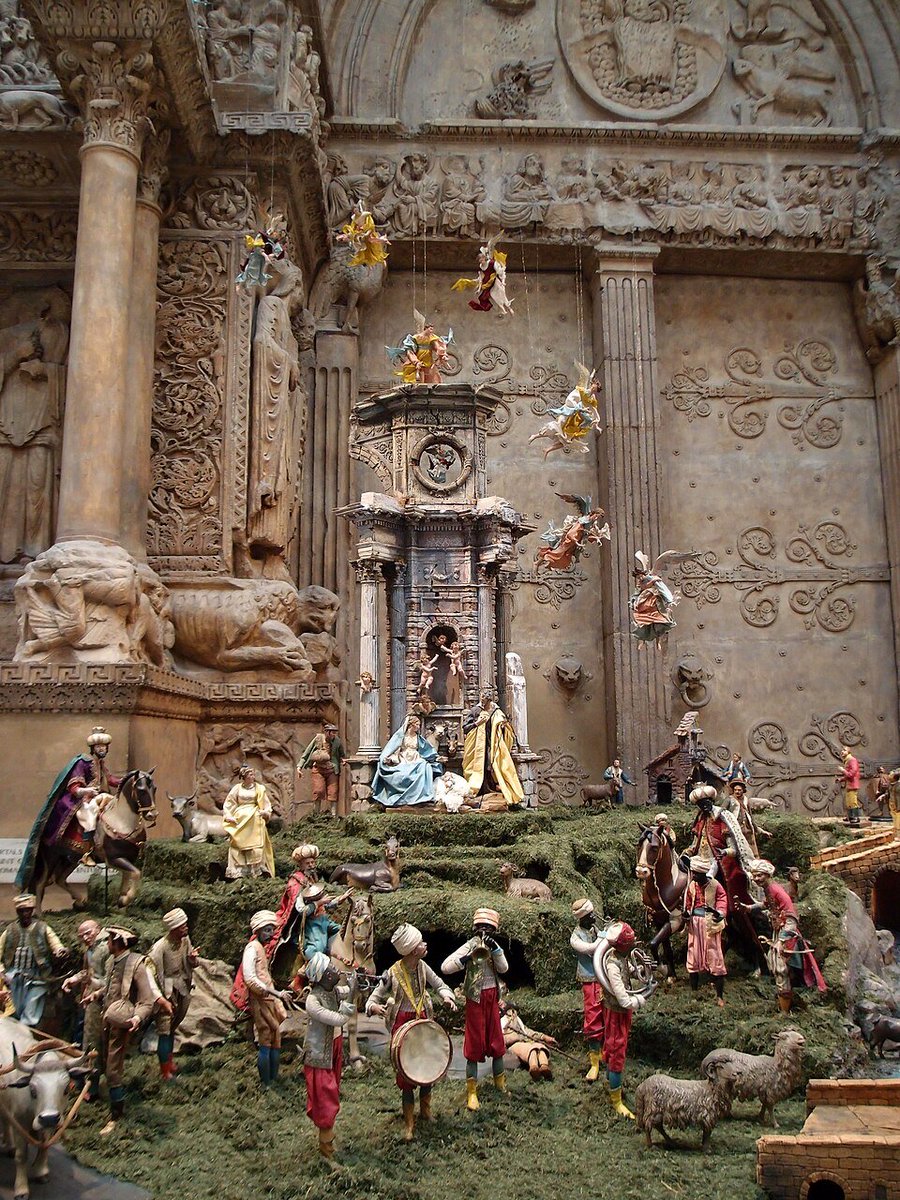
 Paul the Apostle did something radical in the first century.
Paul the Apostle did something radical in the first century.

 When Darwin buried his daughter Anne, he didn’t lose his faith because of fossils.
When Darwin buried his daughter Anne, he didn’t lose his faith because of fossils.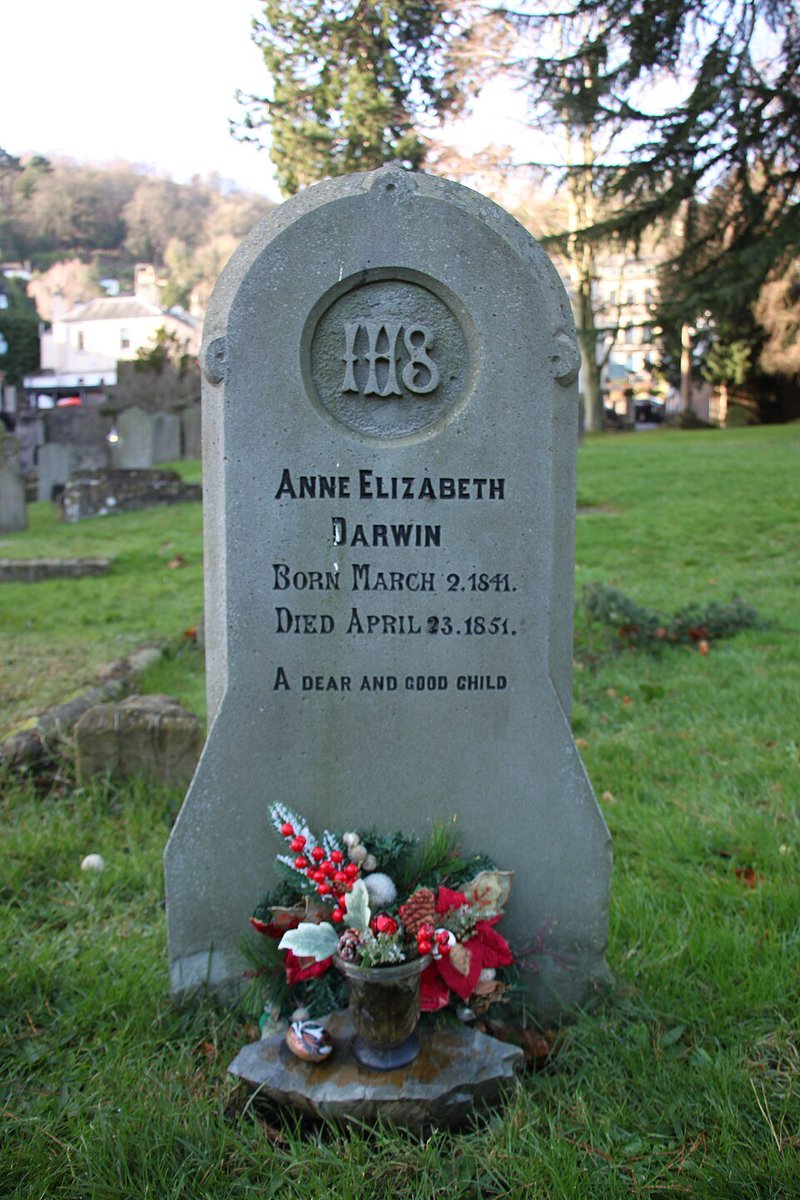

 He didn’t carve this to celebrate power.
He didn’t carve this to celebrate power.

 Rome left warnings in paint and stone.
Rome left warnings in paint and stone.




 Formed in 1119, the Templars began as nine knights sworn to protect Christian pilgrims on the dangerous roads to Jerusalem.
Formed in 1119, the Templars began as nine knights sworn to protect Christian pilgrims on the dangerous roads to Jerusalem.
 1. Le Train Bleu, Paris, France
1. Le Train Bleu, Paris, France

 This isn’t just a pretty girl.
This isn’t just a pretty girl.



 Historians William Strauss and Neil Howe called it The Saeculum — a four-phase cycle of human history:
Historians William Strauss and Neil Howe called it The Saeculum — a four-phase cycle of human history:

 Most cities hide their secrets underground.
Most cities hide their secrets underground.
 Back in 1990, Poland was broke and gray.
Back in 1990, Poland was broke and gray.

 The oldest epic we know is about Gilgamesh, king of Uruk, who lost his closest friend and went searching for immortality, only to learn that no man escapes death.
The oldest epic we know is about Gilgamesh, king of Uruk, who lost his closest friend and went searching for immortality, only to learn that no man escapes death. 

 This isn’t a sightseeing list.
This isn’t a sightseeing list.

 Library of Congress – Beaux-Arts Grandeur
Library of Congress – Beaux-Arts Grandeur

 1. Ulm, Germany
1. Ulm, Germany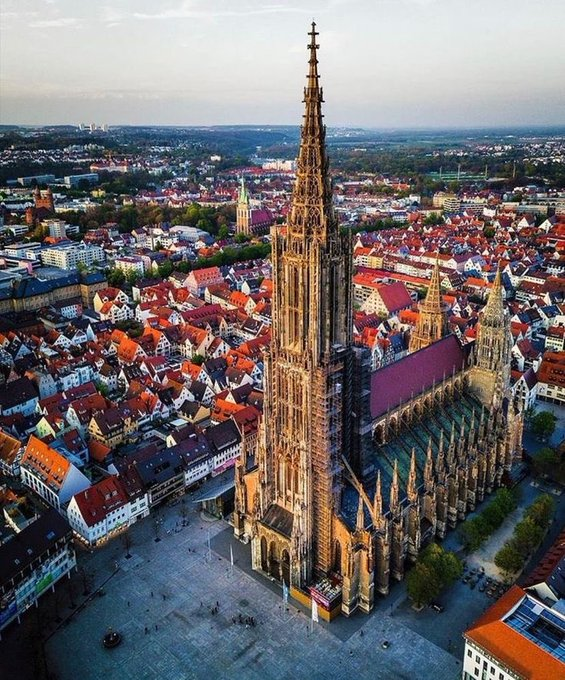

 To Chesterton, Rome wasn’t just a superpower.
To Chesterton, Rome wasn’t just a superpower.
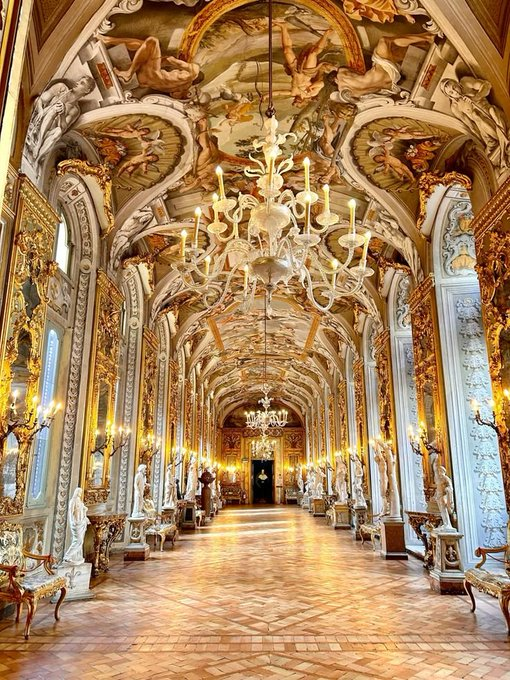
 In 1652, Bernini unveiled The Ecstasy of Saint Teresa in Rome.
In 1652, Bernini unveiled The Ecstasy of Saint Teresa in Rome.

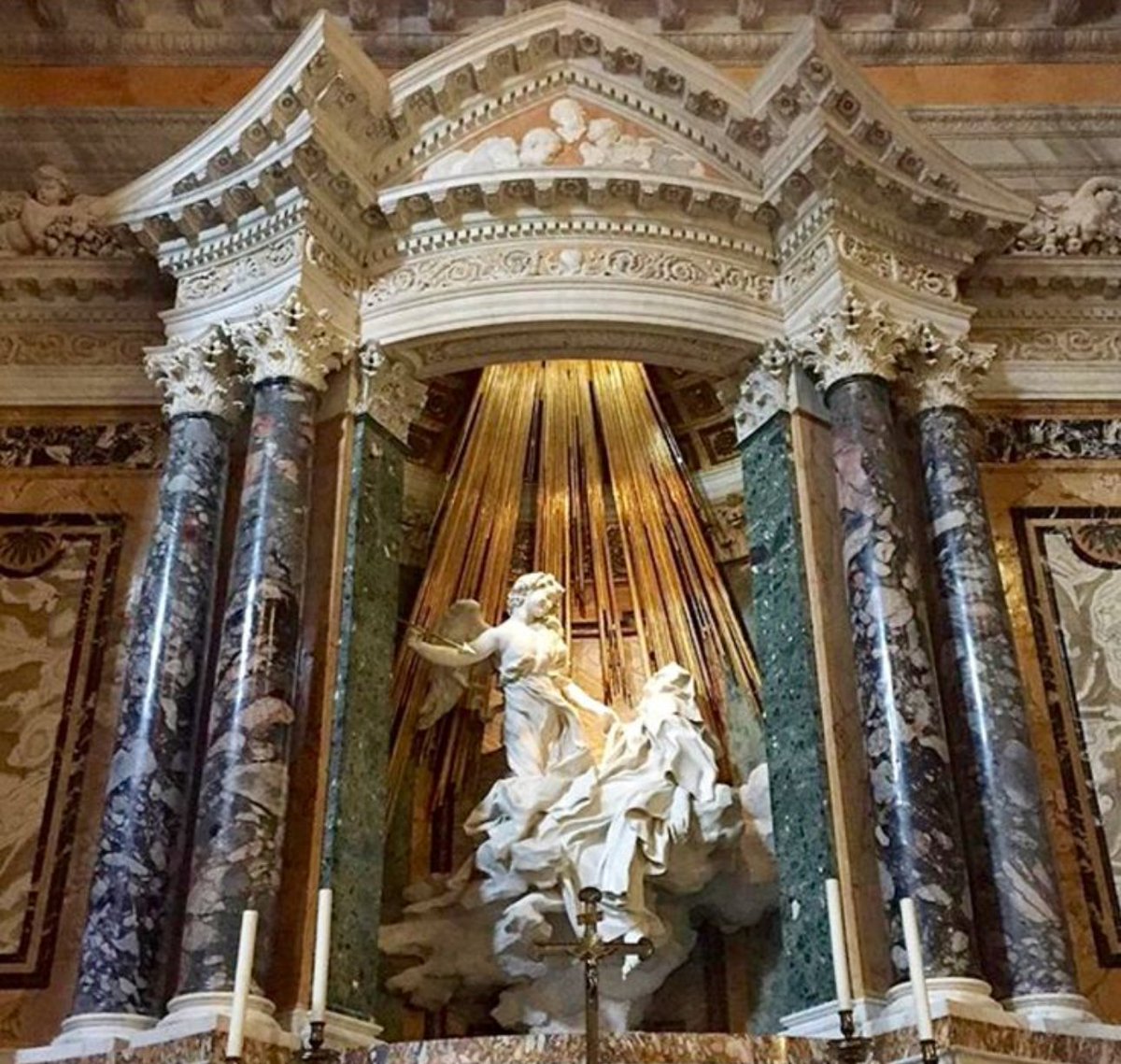

 Gabriele Stornaloco was a mathematician from Piacenza.
Gabriele Stornaloco was a mathematician from Piacenza.

![Cinderella: a perfect match, an 1818 painting by Jean-Antoine Laurent [fr] Jean-Antoine Laurent • Public domain](https://pbs.twimg.com/media/GxqmDvgWAAAd7qj.jpg) Her name was Yexian.
Her name was Yexian.

 1. The Parthenon in Athens, Greece
1. The Parthenon in Athens, Greece